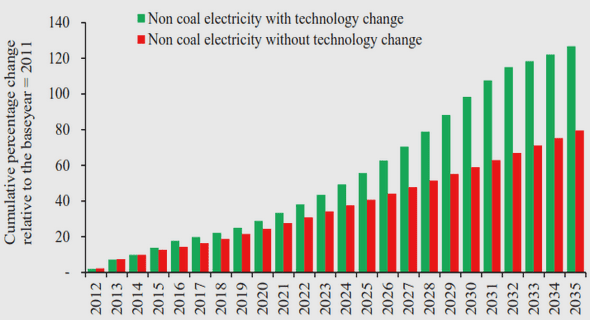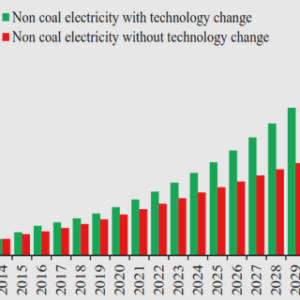(Downloads - 0)
For more info about our services contact : help@bestpfe.com
Table of contents
Chapter I. :Introduction
I.1 Context
I.1.1 Automotive history
I.1.2 Production and development of new materials
I.I.3 Dual-Phase in automotive industry
I.2 Objectives of the thesis
I.3 Contents
Chapter II. :Dual-Phase steels
II.1 Description of DP steels
II.1.1 Microstructures
II.1.2 Mechanical properties
II.I.3 Formability characteristics
II.2 Experimental Damage Investigation of DP steels
II.2.1 Experimental techniques to study fracture
II.2.2 X-ray tomography principle
II.2.3 In-situ tensile tests
II.3 Selected DP steels grades
Chapter III. :State of the art
III.1 Introduction
III.2 Plasticity modeling
III.2.1 Yield functions
III.2.2 Hardening functions
III.3 Damage modeling
III.3.1 Ductile damage mechanism
III.3.2 The Gurson model and its extensions
III.4 Fracture modeling
III.4.1 Micromechanical fracture criteria
III.4.2 Empirical fracture criteria
III.5 Conclusions
Chapter IV. : Model description
IV.1 Introduction
IV.2 Gurson-Tvergaard-Needleman-Ben Bettaïeb model (GTNB)
IV.2.1 Constitutive equations
IV.2.2 Physically-based void nucleation and growth
IV.2.3 Experiments and GTNB model comparisons
IV.3 GTNB model extension (GTNBF)
IV.3.1 Landron’s physically-based void nucleation and growth
IV.3.2 Void coalescence law
IV.3.3 Fracture initiation modelling
IV.3.4 Flowcharts of the extended GTN models
IV.4 Conclusions
Chapter V. :Material parameters identification
V.1 Elastic-Plastic parameters
V.1.1 Elastic parameters
V.1.2 Anisotropic plastic parameters
V.1.3 Isotropic hardening parameters
V.1.4 Kinematic hardening parameters
V.2 Damage and fracture parameters
V.2.1 GTN model
V.2.2 GTNB model
V.2.3 GTNBF model
Conclusions
Chapter VI. :Implementation of the GTNBF constitutive model
VI.1 Introduction
VI.2 The implementation of the GTNBF model in Abaqus/Explicit
VI.2.1 The GTNBF model implementation in Lagamine framework
VI.2.2 The Lagamine/Abaqus-Explicit interfacing via VUMAT
VI.3 VUMAT programming validations
VI.3.1 Introduction
VI.3.2 Validation on single element
VI.4 Conclusions
Chapter VII. : Potentialities and limitations of the GTNBF model
VII.1 Introduction
VII.2 Sensitivity study
VII.2.1 Material parameters influence on the GTNBF predictions
VII.2.2 Element size influence on GTNBF model
VII.3 GTNBF model validation on a notched tensile test
VII.3.1 Stress-strain curve and triaxiality evolution
VII.3.2 Nucleation laws comparison
VII.3.3 Growth laws comparison
VII.3.4 GTN Abaqus-explicit and GTNBF models responses
VII.3.5 Back stress definition
VII.4 Conclusions
Chapter VIII. : Applications
VIII.1 Introduction
VIII.2 Tensile tests
VIII.2.1 Experiments and Finite element model
VIII.2.2 Results and comparisons
VIII.2.3 Conclusions
VIII.3 Cross-Die Drawing test
VIII.3.1 Experimental and finite element model
VIII.3.2 Results and comparisons
VIII.4 Conclusions
Chapter IX. :Conclusions and Further works
IX.1 Conclusions
IX.2 Further works
IX.2.1 Improvement of the hardening modeling
IX.2.2 Improvement of the porosity evolution for vanishing triaxiality .
Appendix
Nomenclature
Abbreviations
References


